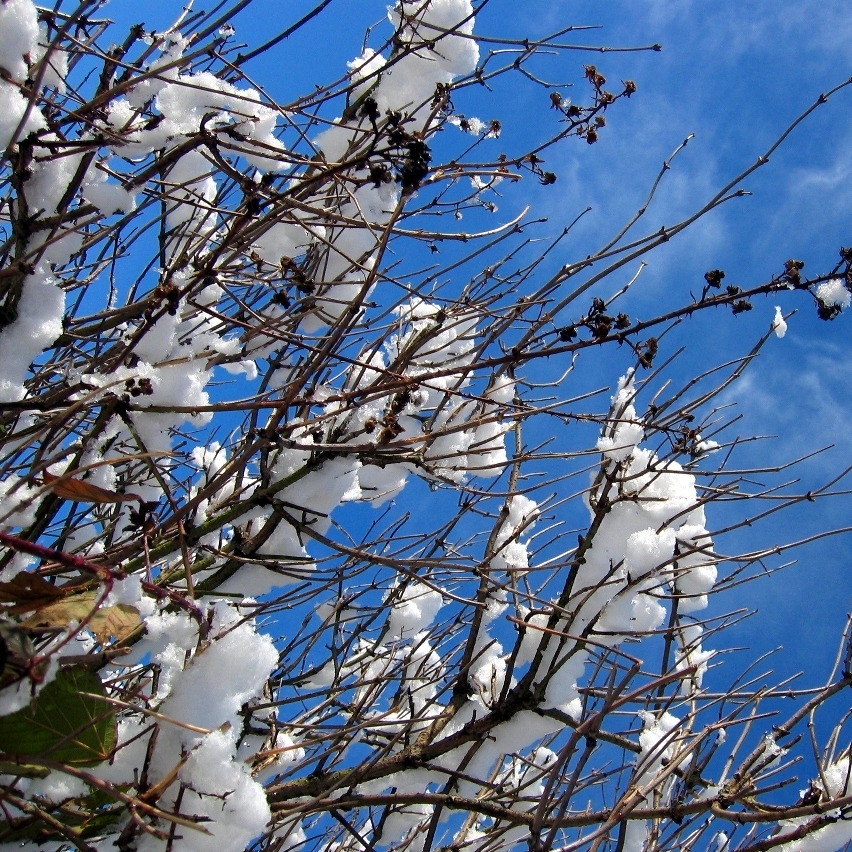Reports:
plants  companies
companies  statistics
statistics

How to winter-prune trees and shrubs
-
2014.01.15
Pruning rejuvenates shrubs and trees, and helps younger plants in their formative stages by establishing a good shape. Winter is an ideal time to prune, as the lack of leaves on deciduous trees and shrubs enables you to see what you're doing more clearly.
What's more, since sap is not as active during the winter, cuts are less likely to 'bleed', and the tree or shrub sustains less of a shock than being chopped when sap is in full flow. Wounds will callous over just as they would in nature, and this natural healing process should happen before growth begins again in spring.
The first priority in any pruning regime is to remove any damaged or diseased wood. Secondly, any branches that cross and chafe should be sorted out by removing the least important bough or cutting it back lower down to an outward facing bud.
Pruning out lengths of bud-bearing stems concentrates the energy of the shrub or tree into those buds that remain, so when growth starts again in the spring it will be more vigorous. However, it's essential to make the cut in the right place. Bad pruning can result in die-back, poor wound recovery and - potentially - unhealthy plants.
Follow our 'do's and don'ts' guide to getting it right every time.
How to do it
Don't prune too far away from the bud. This can result in the wood between the cut and the bud below dying, often affecting the health of the bud. If the bud fails to grow, die back can cause the whole stem to die.
Don't prune too close to the bud. This often results in damaging the bud itself, jeopardizing its ability to grow into a leaf or flower. Pruning too close to the bud can also cause the branch to die back further down the stem.
Don't cut at the wrong angle. This will leave a pointed stub of stem above the bud, which can mean the stem may die back as far as the bud and possibly beyond it. Do cut just above a bud, but sloping away from it so that any water that hits the cut runs off to prevent rotting.
Always use clean and sharp secateurs to prevent the spread of diseases and ensure there is no snagging.
Cutting we conduct on a sunny and dry days, and when there is not much frost.
Do not cut in the winter walnuts, maple, chestnut, birch, hornbeam, elm trees, vines, because it will cause leaking juices from the resulting wound. In the case of these plants cutting procedure carried out during the vegetation period. Let us leave the intact early spring flowering shrubs (forsythia, tonsils, early meadowsweet).
-
printpublish at:







